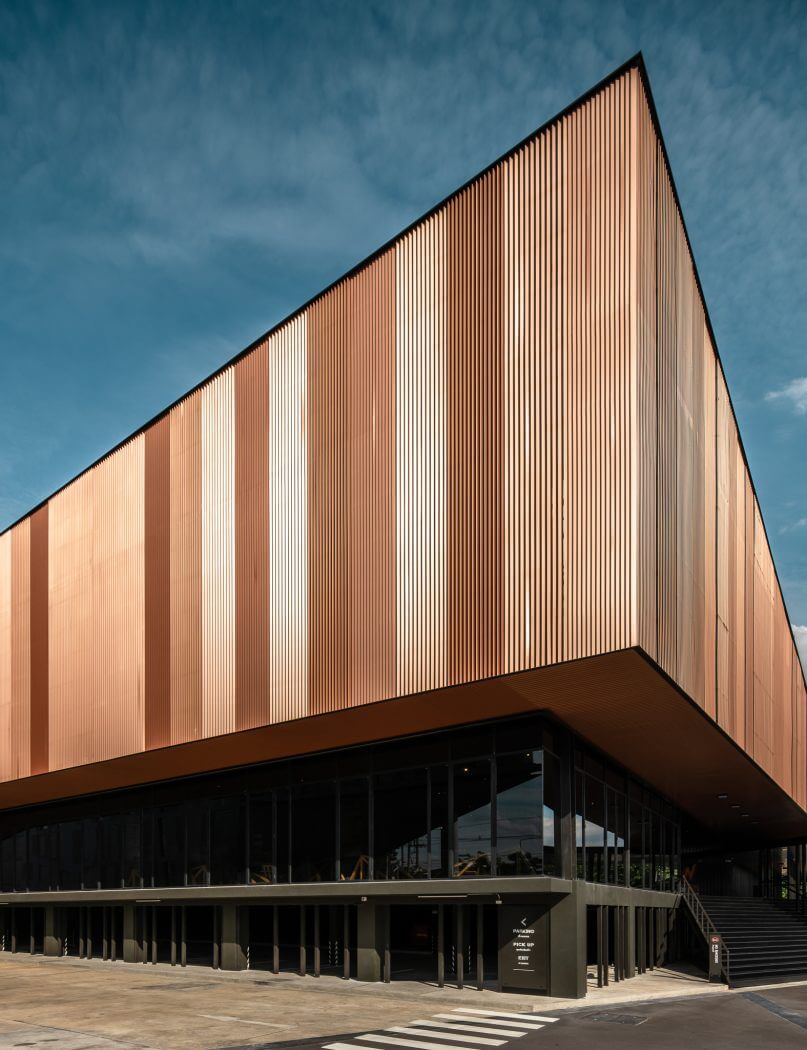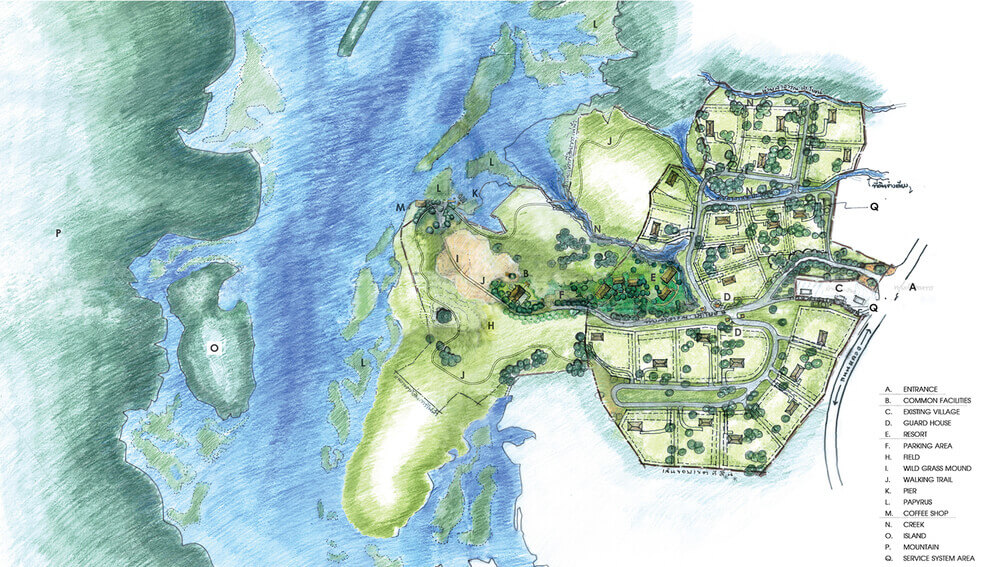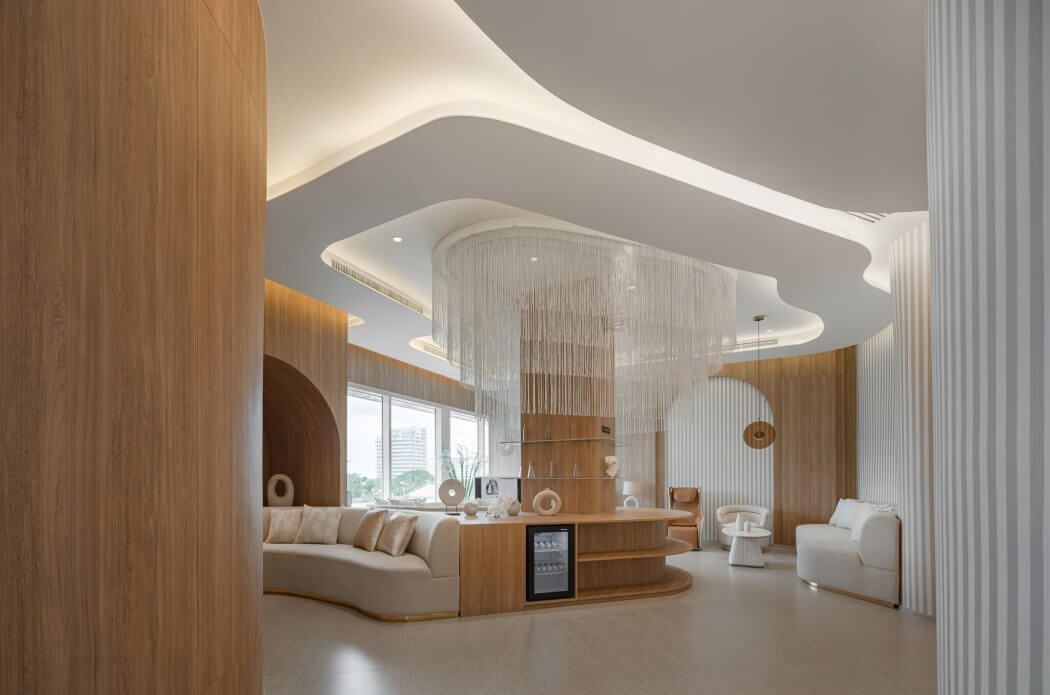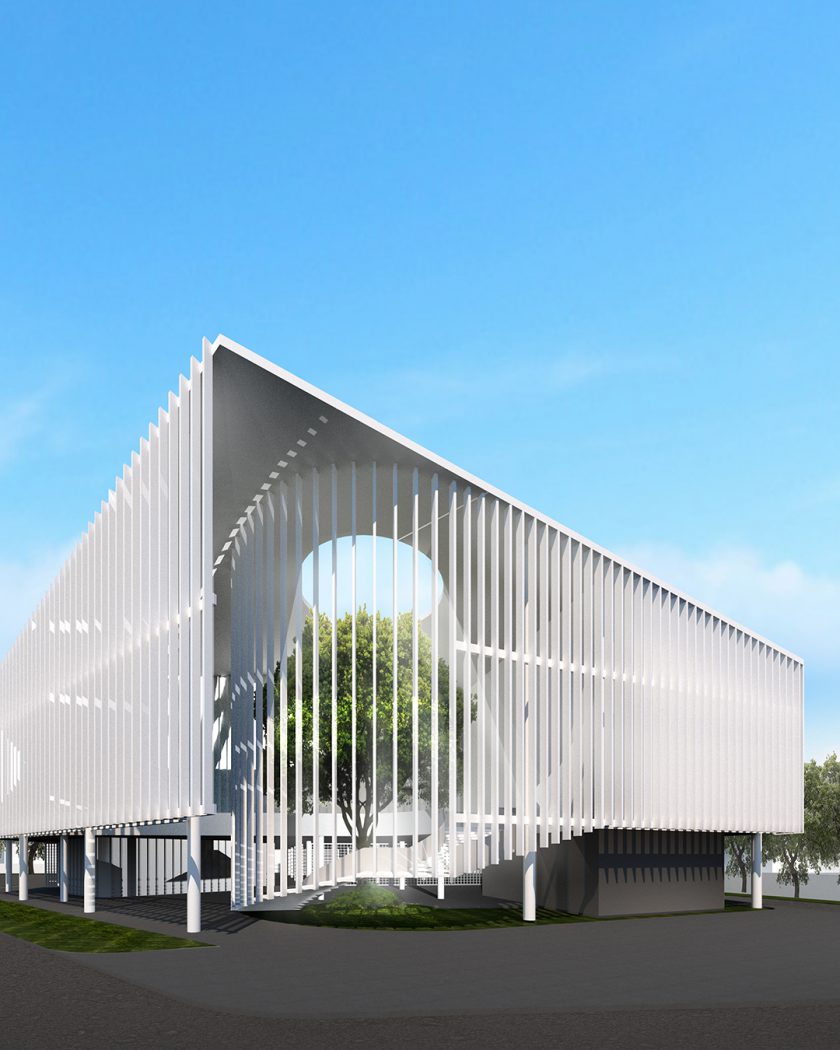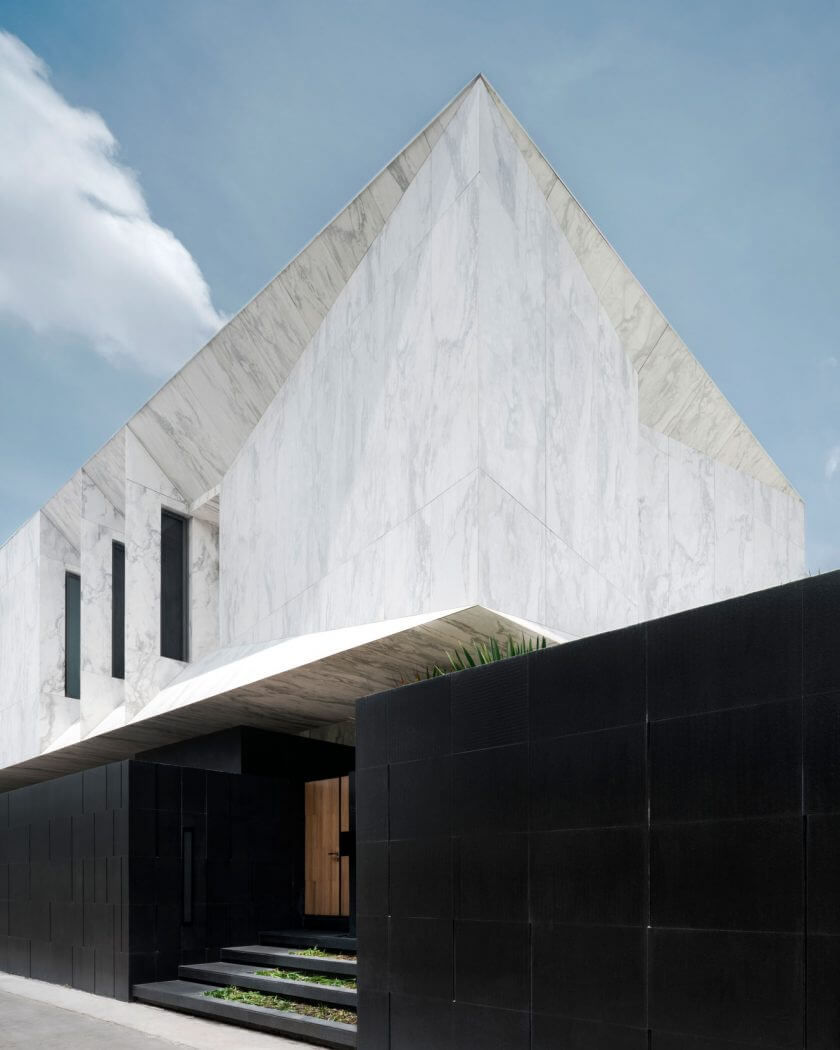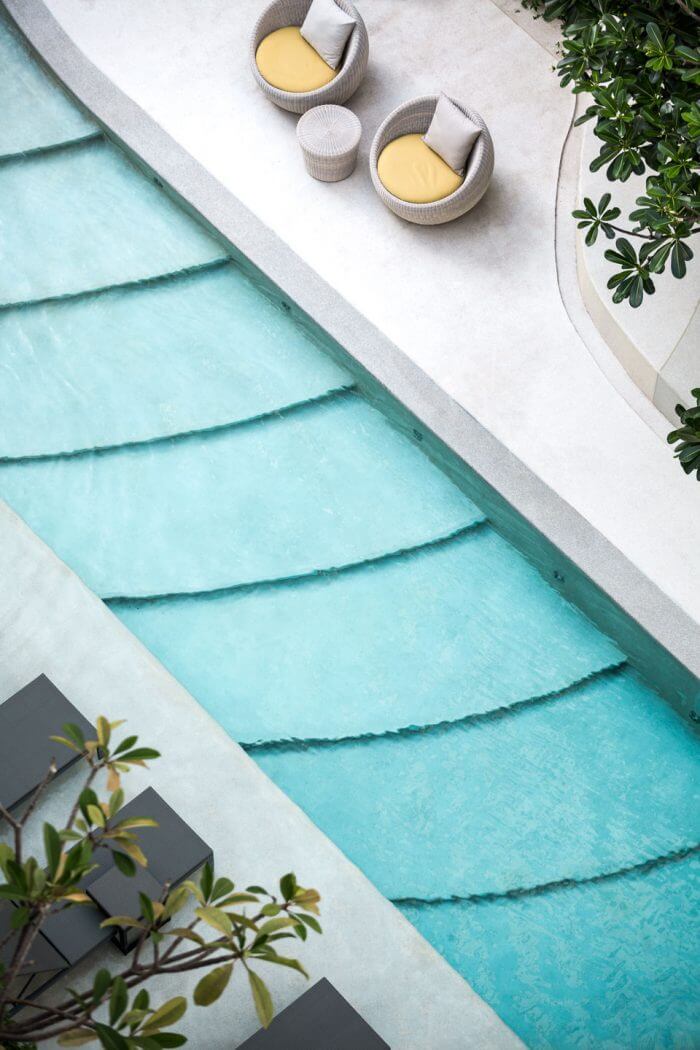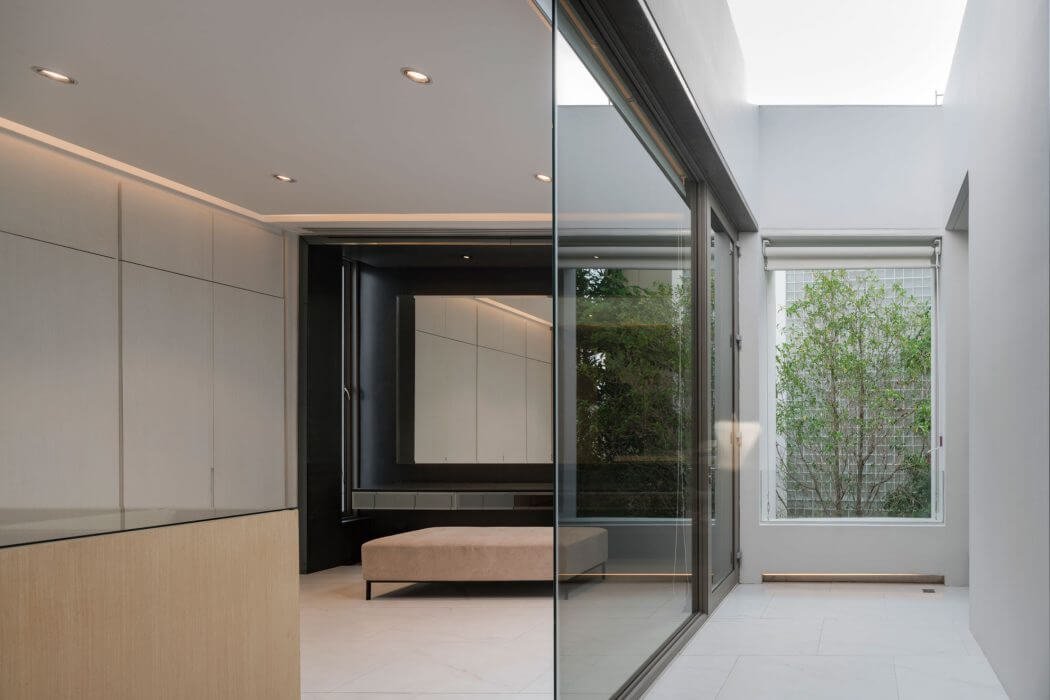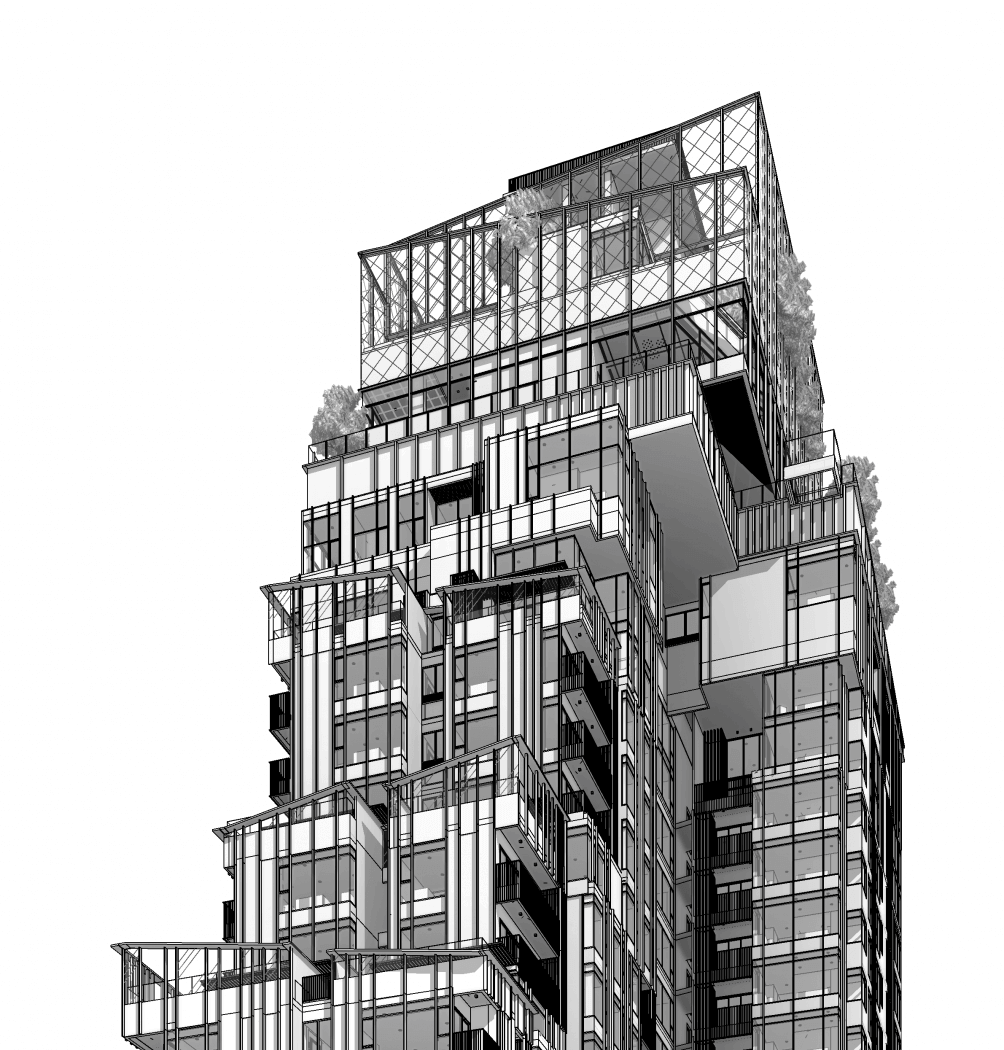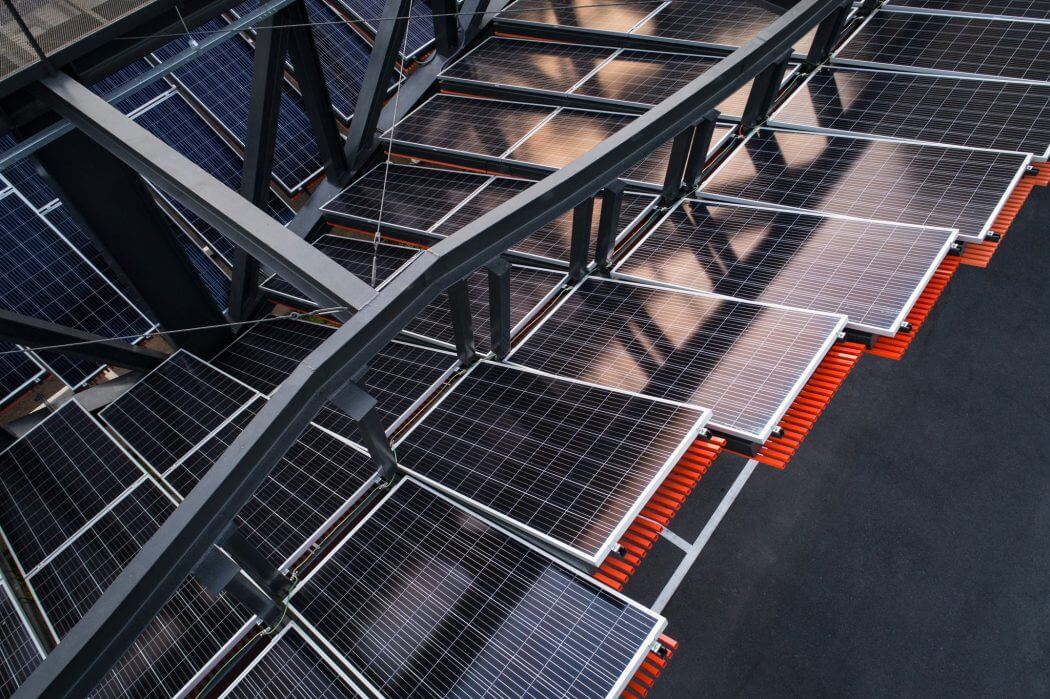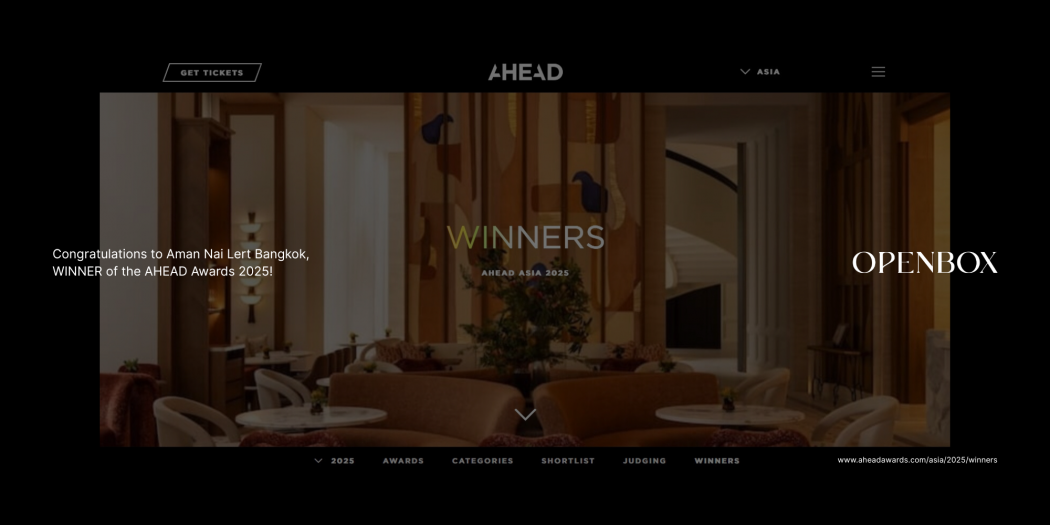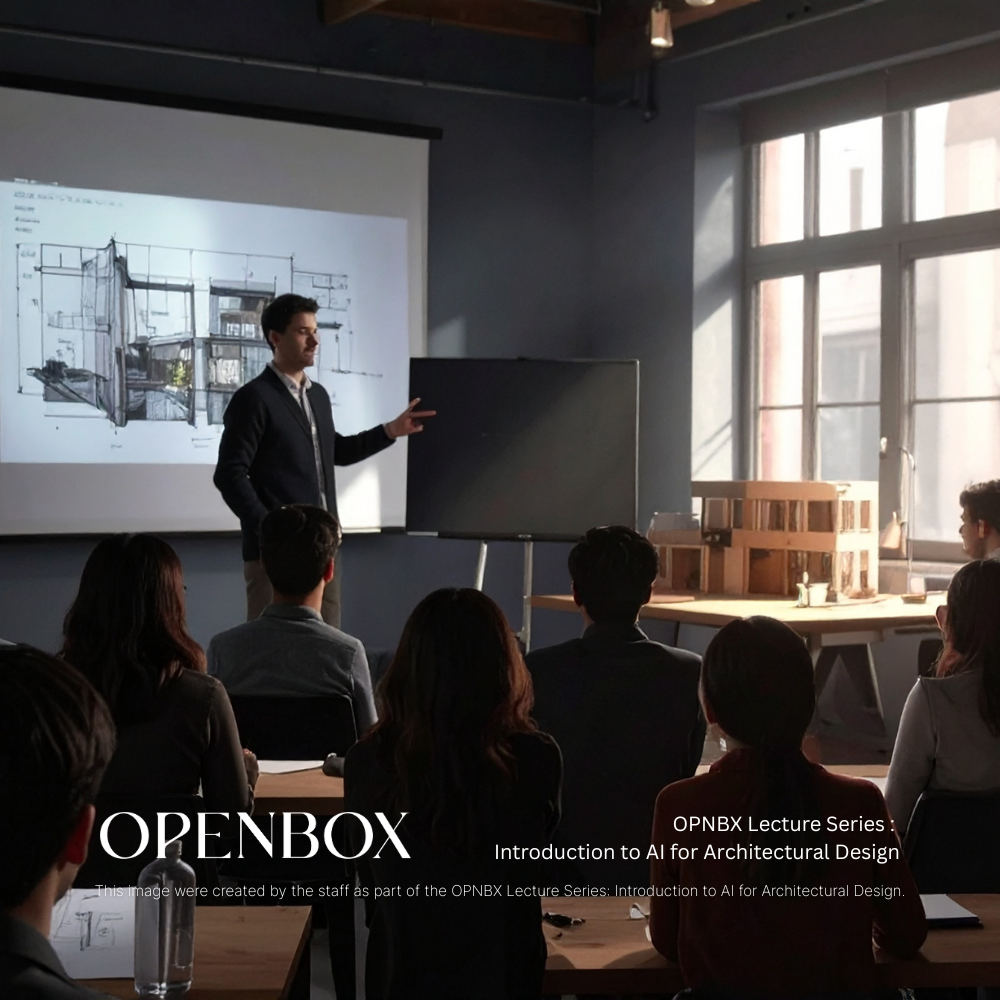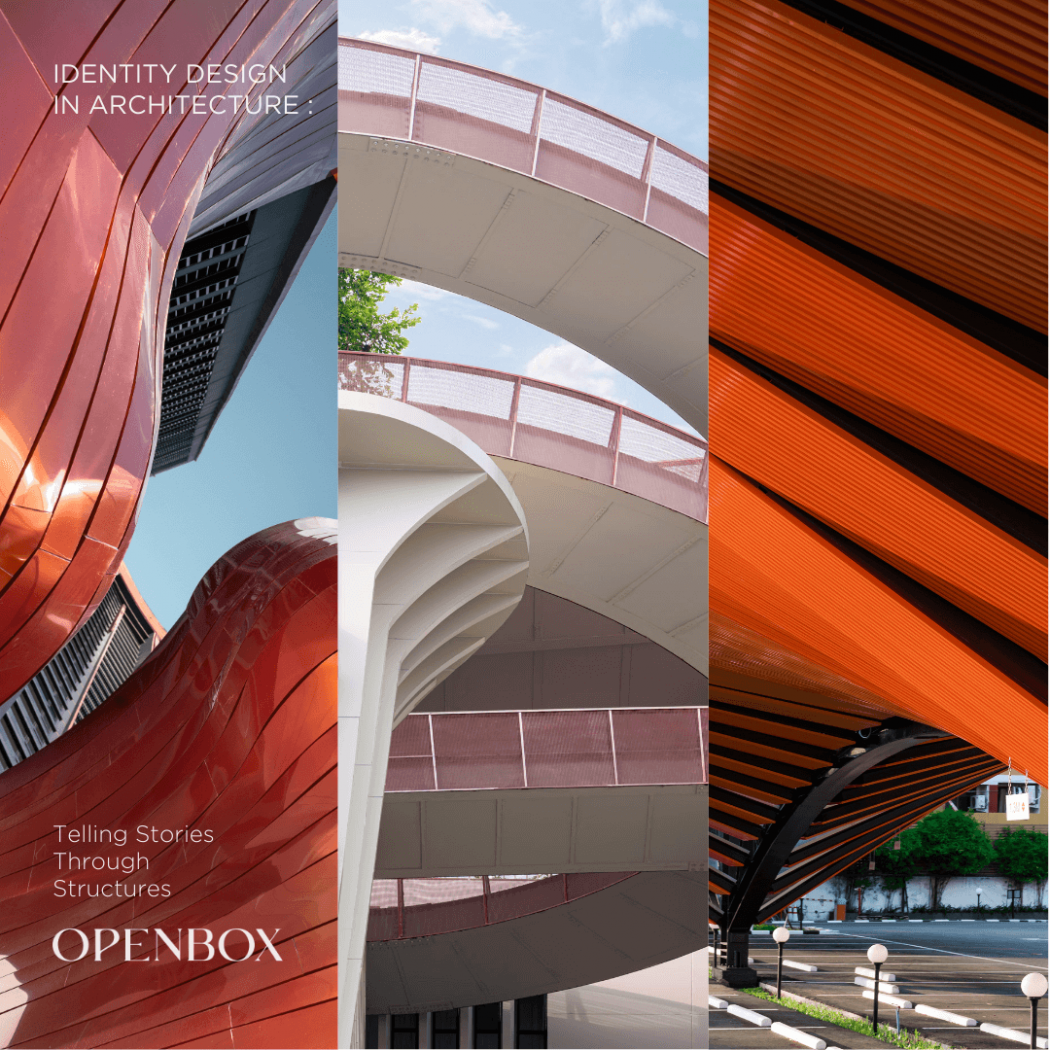Rethinking Architecture in the Age of PM2.5
At Openbox Architects Co., Ltd., we are deeply committed to pushing the boundaries of architectural design. Our mission is to create spaces that not only inspire but also promote environmental sustainability and human well-being. Through continuous innovation and research, we strive to explore how architecture can respond to the evolving challenges of the modern world.
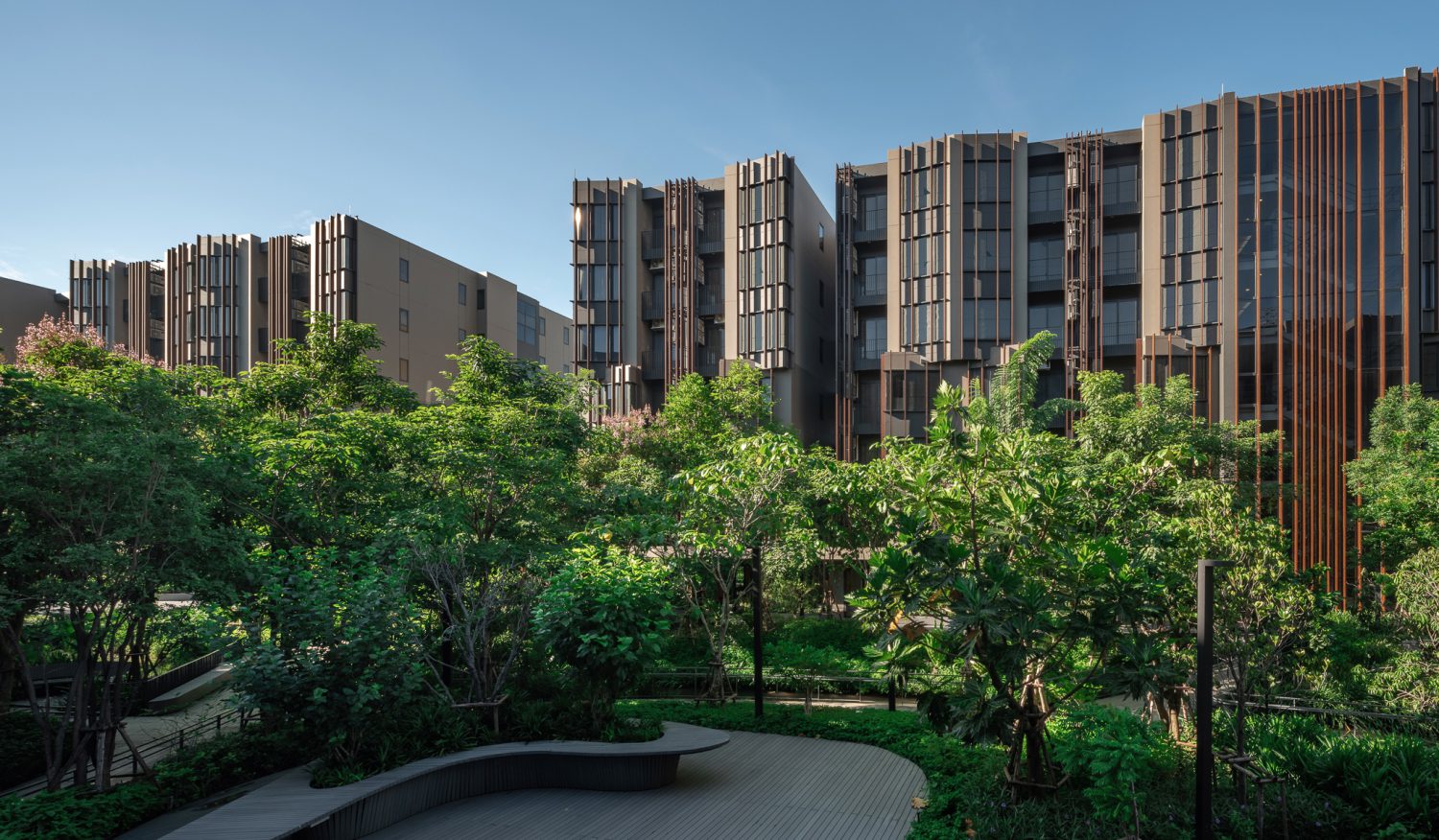


Understanding the Challenge of PM2.5
PM2.5, a microscopic component of air pollution, presents serious health and environmental challenges for cities worldwide. Consequently, architects today must consider how the built environment can help mitigate its harmful effects. As professionals responsible for shaping urban spaces, we recognize that design decisions can directly influence air quality, comfort, and health.
By incorporating green technologies, natural ventilation systems, and sustainable materials, buildings can become both aesthetic landmarks and protective environments. For instance, façades designed to filter air, internal courtyards that enhance cross-ventilation, and vegetation that absorbs pollutants can all contribute to cleaner and more livable spaces.
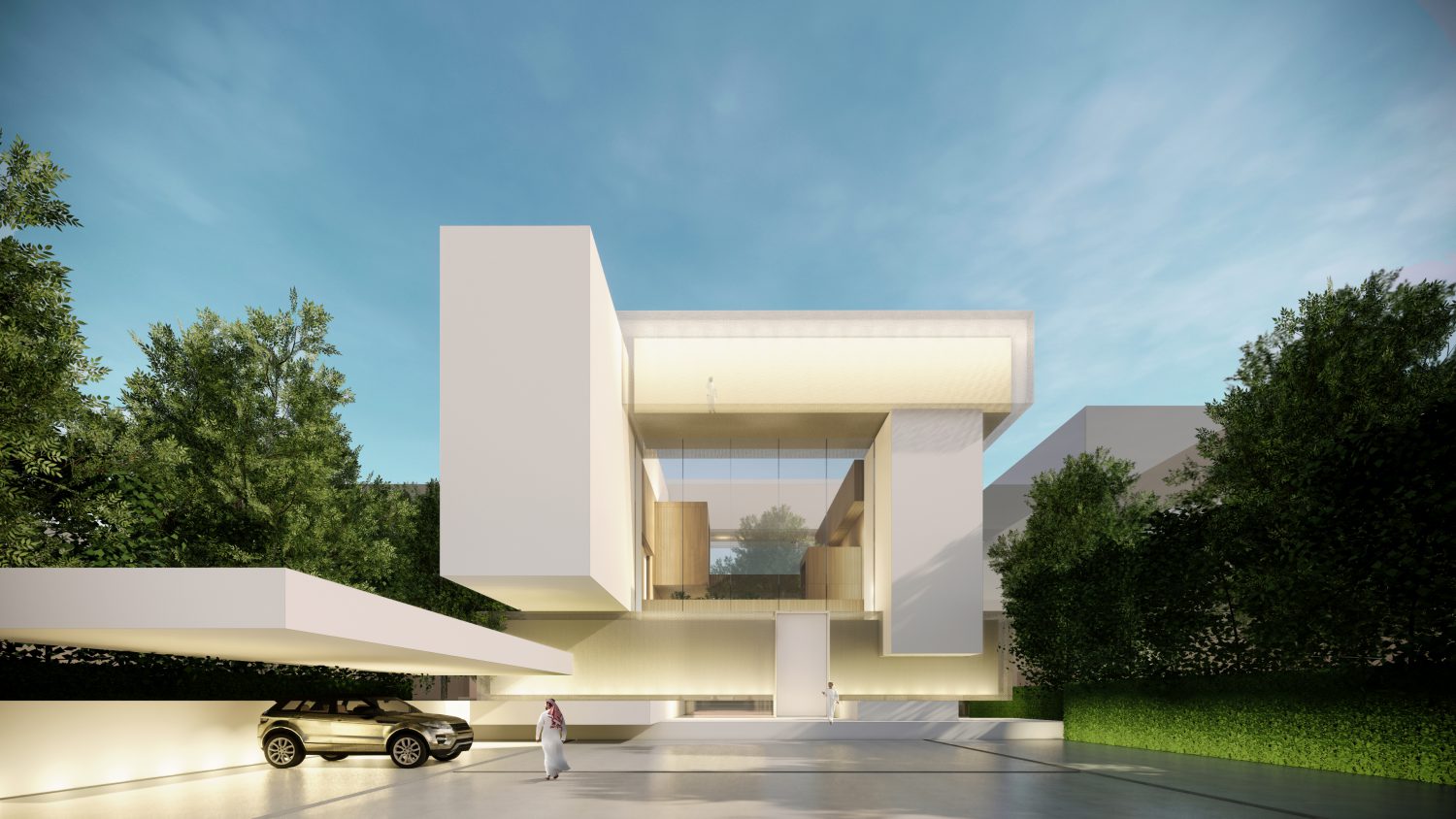
Design Adaptations Across Contexts
Interestingly, air quality challenges differ across regions. While PM2.5 may not be a major issue in some areas such as Arabic countries, sandstorms occasionally create similar environmental conditions. In such cases, the need for controlled internal open spaces becomes a vital architectural response. Therefore, understanding local environmental dynamics allows us to adapt design strategies that ensure protection, comfort, and connection to nature.
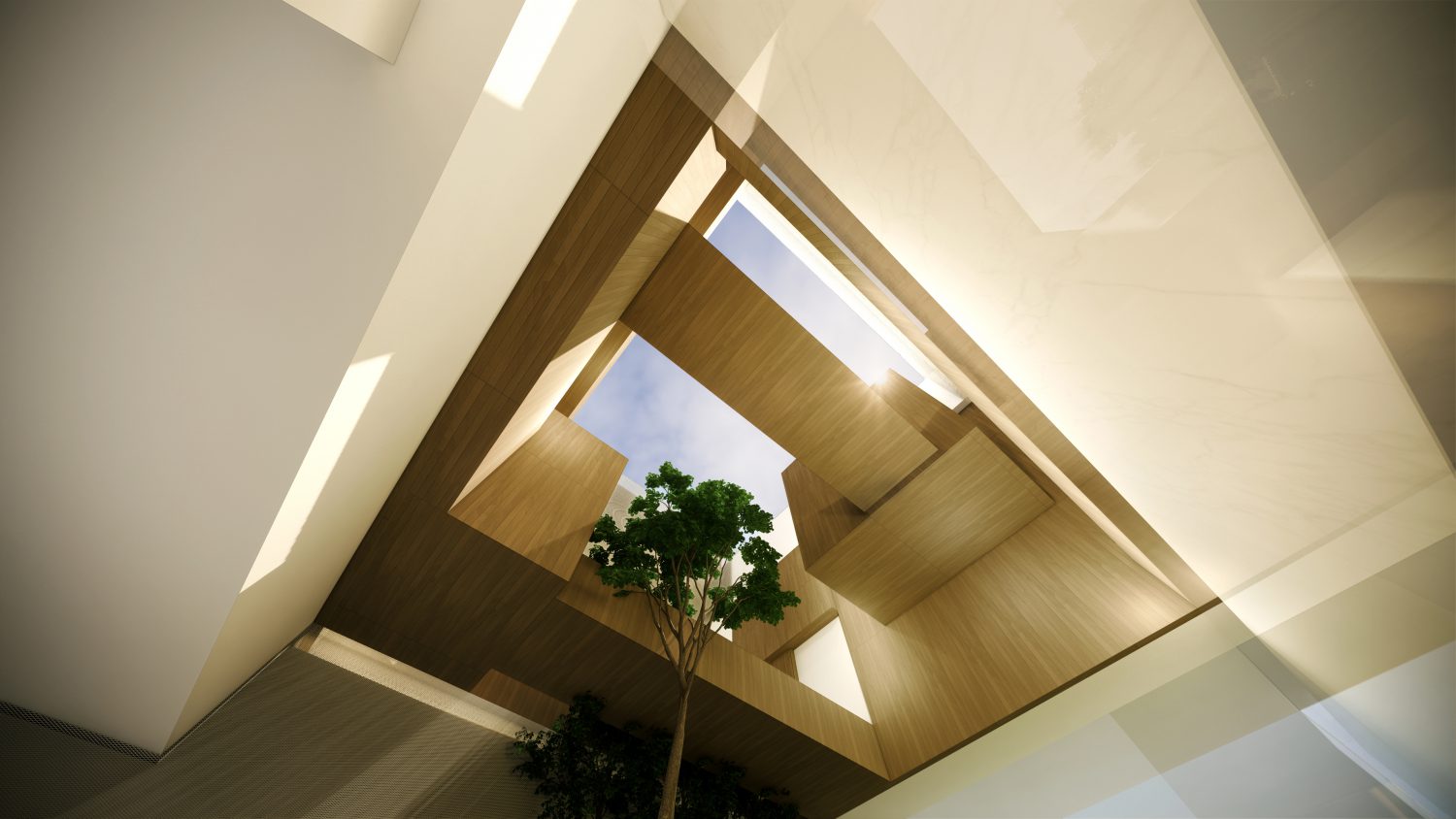
Innovation Through Reflection and Research
Our reflection on PM2.5 has inspired us to rethink conventional building practices and embrace a more holistic design philosophy. As a result, we have been experimenting with new materials, construction methods, and architectural forms that can improve resilience and enhance air quality. Moreover, by integrating scientific research with creative expression, we aim to transform architecture into a tool for environmental and social change.
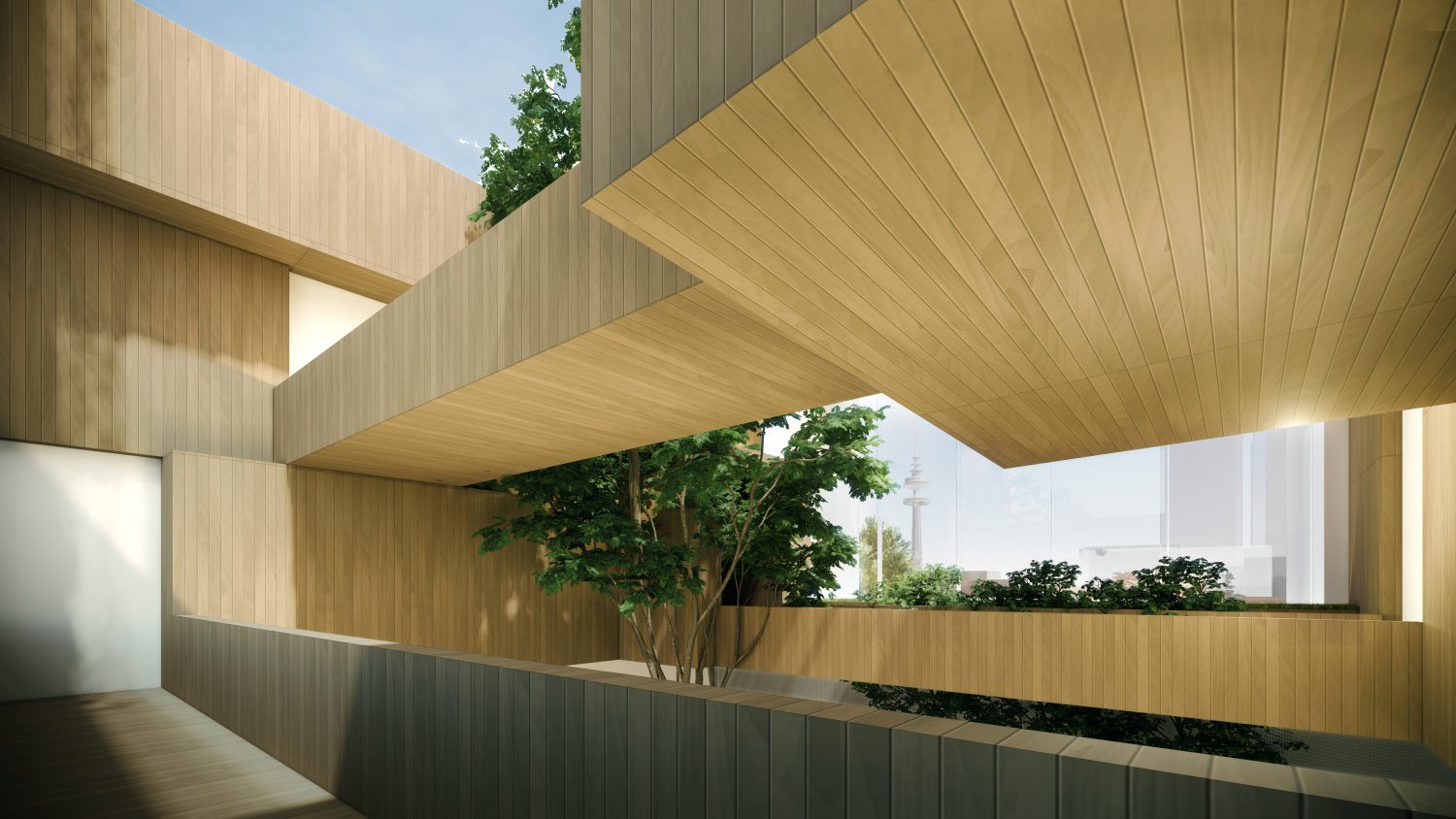
Envisioning a Healthier, Sustainable Future
Looking ahead, we envision a future where architecture and urban design work hand in hand to address air pollution and climate challenges. Through thoughtful design, cities can evolve into healthier ecosystems that nurture both people and the planet.
At Openbox Architects, we remain dedicated to this vision. By leveraging our collective expertise and creativity, we are confident that our designs will continue to shape a sustainable, resilient, and livable environment for generations to come.



